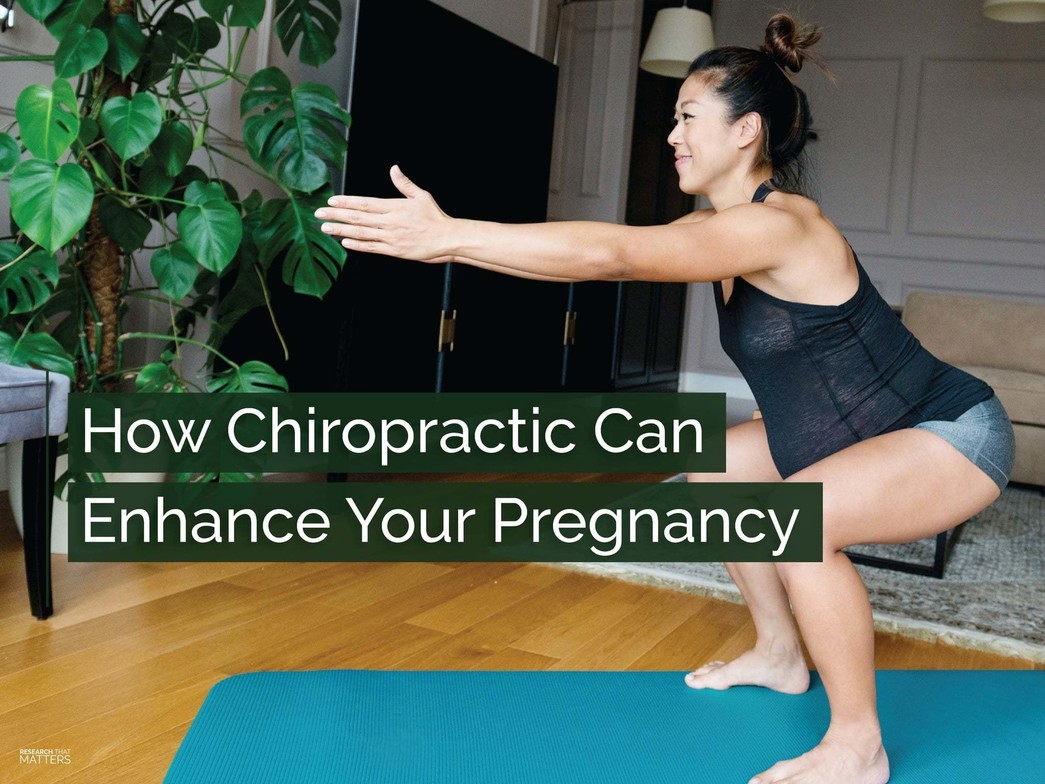
How Your Body Changes During Pregnancy
A woman's body undergoes many transformations during the nine months of pregnancy. Some of these changes are visible, such as an expanding belly, while others are well known, such as morning sickness and back aches. However, a few body changes may be unexpected and catch some women by surprise. These changes may be what prompts a mom-to-be to seek out a chiropractor in Rochester, NY.
During pregnancy, the hormone relaxin is produced to help loosen the joints and ligaments of the pelvis, preparing for the birth process. Relaxin relaxes ligaments in the pelvis, but it also stretches the joints and ligaments all over the body. This is one reason women develop back pain or sciatica (pain that starts in the back and travels down the leg into the foot). As the ligaments become looser and the center of gravity is pulled forward due to the growing baby, a woman's low back, or lumbar spine, can become over-stressed and painful due to these changes in biomechanics.
- Relaxin is a hormone produced during pregnancy to relax the joints and ligaments to prepare the pelvis for birth.
- All of the other joints and ligaments of the body also become "looser" due to relaxin, which changes their movement patterns.
- These changes, while welcomed, often result in low back pain and other joint pains throughout pregnancy.
Tips to Relieve Back Pain During Pregnancy
It's estimated that over 85% of women experience back pain during pregnancy. As a woman enters her second and third trimesters, the growing baby pulls your center of gravity forward, increasing your lower back’s curve (or lordosis). That increased stress on your lower back often leads to back pain.
Spinal adjustments are considered a highly safe and effective evidence-based option for pregnant women to relieve back pain during pregnancy. Additionally, chiropractors can provide specific exercise and stretching recommendations. A provider that is proficient in Webster Technique can provide even more expertise in terms of prenatal care as it is a special certification specifically tailored to the pregnant woman's problems. Luckily, the top Rochester, NY chiropractor is certified in Webster technique! A recent study found that patients who received care from their OB-GYN and chiropractor had greater reductions in pain and improved quality of life than those who only saw an OB-GYN.
- 92% of pregnant women are advised by their doctor to exercise during pregnancy
- Choosing the right pillows and finding the best stretches can dramatically reduce neck and mid-back pain during pregnancy.
- The mechanical low back pain that women experience during pregnancy can often be relieved with spinal adjustments.
NSAID Risks: Making Smart Healthcare Decisions During Pregnancy
When you're pregnant, you're not immune to aches and pains. Over 85% of women are estimated to deal with back pain during pregnancy. Finding relief without the use of medicine is almost always the best route. Even over-the-counter medication can be dangerous to take before and during pregnancy.
All medications have side effects, and these are often heightened during pregnancy. For instance, a drug like acetaminophen has been linked to a greater risk of challenges such as ADHD and asthma. However, medication use around conception may be the most dangerous. NSAID has been linked to a 59% increased risk of miscarriage.
- Taking NSAIDs can increase the risks of asthma and hypertension in newborns.
- NSAIDs cross from mother to baby easily through the placenta and can influence the production of prostaglandins.
- Finding organic pain solutions before conception and throughout pregnancy is a smart decision.
4 Steps to a Healthy Birth
With all of the advancements in medical science, it may be surprising to discover that most maternity care does not reflect the best scientific evidence. A woman's body is designed to grow, birth, and nourish a baby. The natural birth process is relatively simple; it's been going on for hundreds of thousands of years!
Using intravenous lines, continuous monitoring, and restricted movement can often make labor more difficult by increasing stress, interfering with the natural process, and increasing the complication rate. The World Health Organization recommends four care practices that promote, support, and protect a normal birth process.
- Let labor begin on its own. In many cases, inducing labor can increase the risk of complications for both mother and child.
- Move and Change Positions During Labor- Moving around can help labor progress and may shorten the total labor time.
- Bring a loved one or doula for support. Labor support has been shown to reduce the likelihood of cesarean section and improve the birth experience.
- Avoid Interventions That Aren't Necessary- Continuous electronic monitoring hasn't beenshown to provide better outcomes for the baby and may increase the risk of the mother having a C-section.
Next Steps:
Having a child is a special time, and no decisions should be taken lightly. But it's essential to understand and respect our body's natural ability to navigate the process. Our role is to help empower you to create the birth experience you desire and make it as comfortable as possible! Our practice is proud to work with midwives, doulas, and OB-GYNs in our community.
Our office is Webster Technique Certified through the International Chiropractic Pediatric Association and we are prepared for all conditions related to pregnancy and even postpartum care. If you or someone you know is expecting and would like to have a smooth pregnancy, don't hesitate to call the top chiropractor in Rochester, NY!
Science Sources:
Back Pain in Pregnancy. University of Rochester Medical Center
Optimizing pain relief during pregnancy using manual therapy. Canadian Family Physician. 2013
Use of nonsteroidal anti-inflammatory drugs during pregnancy and the risk of miscarriage. American Journal of Obstetrics & Gynecology. 2018
NSAID Use During Pregnancy Linked to Pulmonary Hypertension In Newborns. Pharmacy Today. 2001
Safe, Healthy Birth: What Every Pregnant Woman Needs to Know. The Journal of Perinatal Education. 2009



